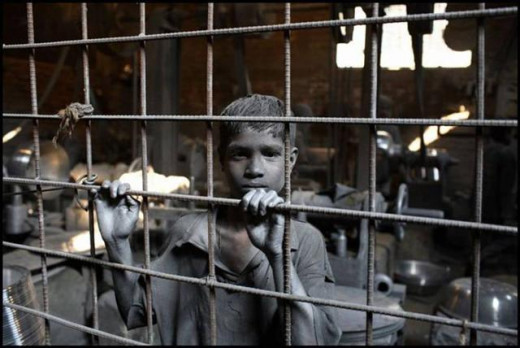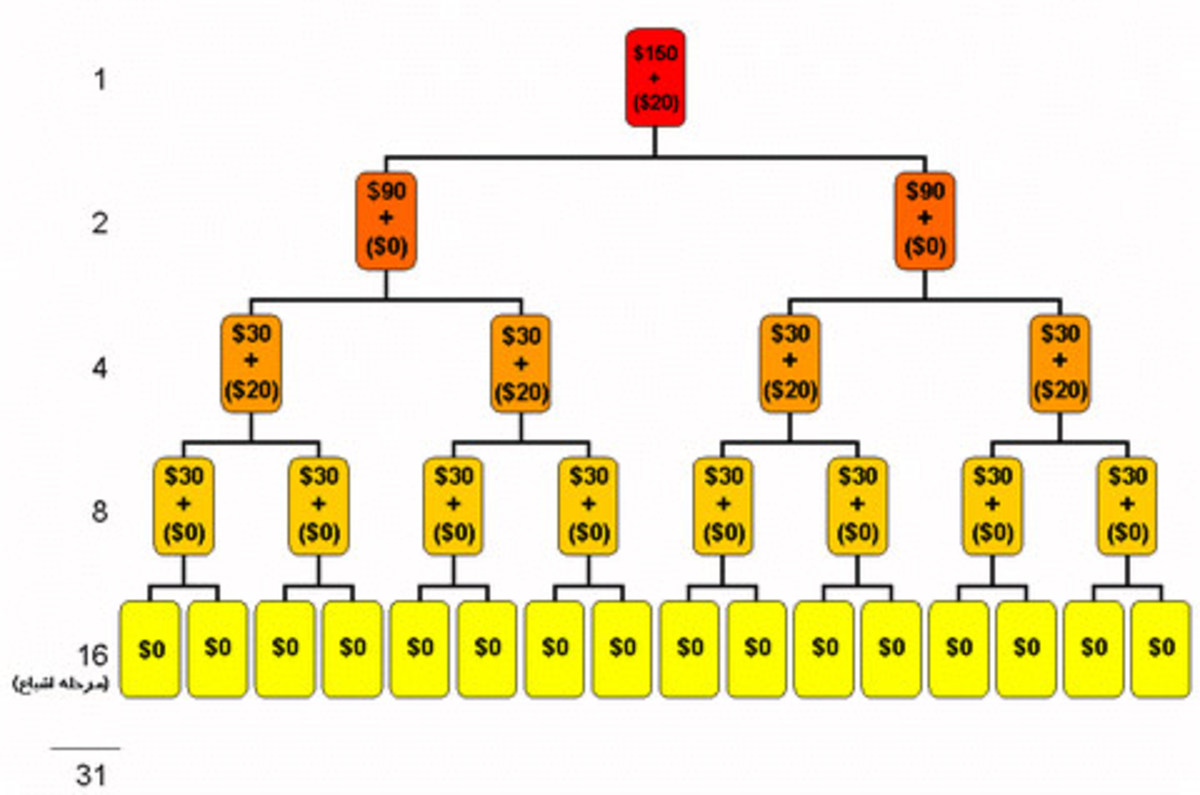Child Laborers: A Global Epidemic
Today, there are approximately 246 million children between 5 and 14 who are under full-time employment in countries around the world. According to some estimates, about 100 million of these children live and work in India, under harsh conditions for very little or no pay.
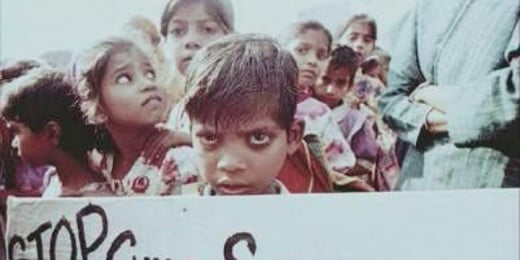
These children work in a number of fields, usually for long periods of time (12-14 hour days) under grueling and often dangerous conditions. This is not our usual portrait of young people working; these children do not simply baby-sit after school or wait tables on weekends. These children, many under 10 years old, work as weavers, glass-makers, and dangerous jobs such as clearing sewer drains or jockeying livestock through rough terrain. There are several reported cases of young girls who are responsible for the domestic duties of entire households, including caring for children not much younger than they are.
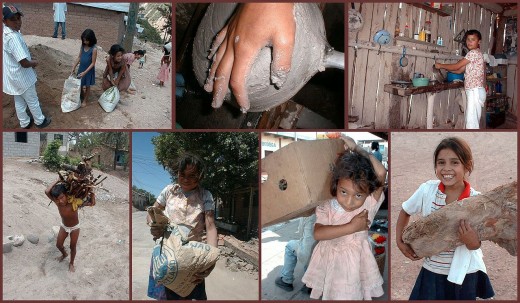
Countries with the Worst Child Labor Statistics
- Ethiopia - Nearly 60% of Ethiopian children are put to work to help the family, and earn about a dollar a month. Most work domestic jobs, or as farm hands, or in the nation's poorly developed gold mines.
- Pakistan - Children work in many factories which import products we use every day, such as rugs, musical instruments, and sports equipment.
- Afghanistan - Children make up more than half the population of this country, and more than 30 per cent of primary-school aged children go to work in cement, textile and food processing industries, or in the poppy fields. Girls are often sold to repay debts
- North Korea - Usually closed off from the outside world, reports have emerged from North Korea of child 're-education through labor', where youths are placed in labor camps as punishment for political offences.
- Myanmar - The Burmese Army recruits children as young as 12, and those who do not serve are often put to forced labor, or sorting through garbage on the street. There is a very high suicide rate among Burmese children.
Source:
http://maplecroft.com/about/news/child_labour_2012.html
Increasing International Awareness
Child labor is an internationally recognized crime, and the UN has expressed adamantly that this kind of work is a violation of the children’s human rights. As most of these children are not ‘on the clock,' their employers can force them to work 7 days a week, sometimes for up to 16 hours a day under dangerous environments.
Because of the long hours and tiresome labor, almost all child laborers do not attend school or receive any kind of education. According to globalmarch.org, children who are educated are shown to have a much better chance of elevating their status, moving out of poverty, and staying away from crime and drugs. Depriving these children of a basic education ensures that they will not be able to improve their quality of life, and will be forced into a life of labor forever.
To put this into perspective, imagine if you were only ever taught and qualified to perform one job, one task, and you were told to do that every week of your life; now imagine you were forced to do this from the age of 5 onward, until you physically cannot work anymore. For most of us in the modern world, this sounds like a life hardly worth living.
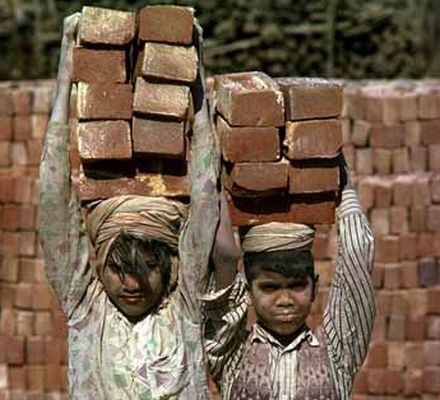
Where Is The Solution?
The solution to the problem is not a simple one, and has left many policy maker perplexed as to what should be done. It seems that the most obvious course of action would be to impose sanctions on companies which use children as workers, and force the organizations to ensure better conditions, fewer hours, or to simply not hire the children at all. However, this still leaves the impoverished children without any income, and families would be even more financially pressed to provide basic necessities.
Ending Child Labor by 2016
Surprising Facts About Working Children Around The World
- One in six children 5 to 14 years old — about 16 percent of all children in this age group — is involved in child labor in developing countries.
- In the least developed countries, 30 percent of all children are engaged in child labor.
- Worldwide, 126 million children work in hazardous conditions, often enduring beatings, humiliation and sexual violence by their employers.
- An estimated 1.2 million children — both boys and girls — are trafficked each year into exploitative work in agriculture, mining, factories, armed conflict or commercial sex work.
- The highest proportion of child laborers is in sub-Saharan Africa, where 26 percent of children (49 million) are involved in work.
Are We Doing More Harm Than Good?
Ten-year old Moyna, who worked in a garment factory, talked to UN representatives about the harsh repercussions of not allowing children to work. When the factory was shut down, she and 50,000 other children lost their jobs, and their families had to struggle to find new income. She stated, “They loathe us, don’t they? We are poor and not well educated, so they simply despise us. That is why they shut the factories down.” For many of these children, the hardships of working do not outweigh the need to provide for themselves, and for their families. They feel that international involvement can be devastating, and while many of these efforts appear to be in the best interest of the children, there is often no alternate way shown to earn a living. Product bans and shutting down companies may solve one aspect of the problem, but it does not ensure that the children will be any better off once their forced labor is over.
According to the UN International Labor Organization (ILO), in 2008 there were an estimated 44 million children working in India, but more recent estimates show that number to be closer to 100 million. The Indian government has strongly opposed these claims, stating that the number is closer to 12.6 million and that they are working tirelessly to rectify this situation. In October 2006, the Indian government made it illegal for companies to hire children under 14 to work as domestic servants or at roadside shops. However, many NGO’s feel that India has done very little to enforce its policies, and has done even less to protect the children once they are no longer working. The goal for solving this problem is not simply ensuring that these children do not work, but more importantly, ensuring that these young people are not being exploited.
